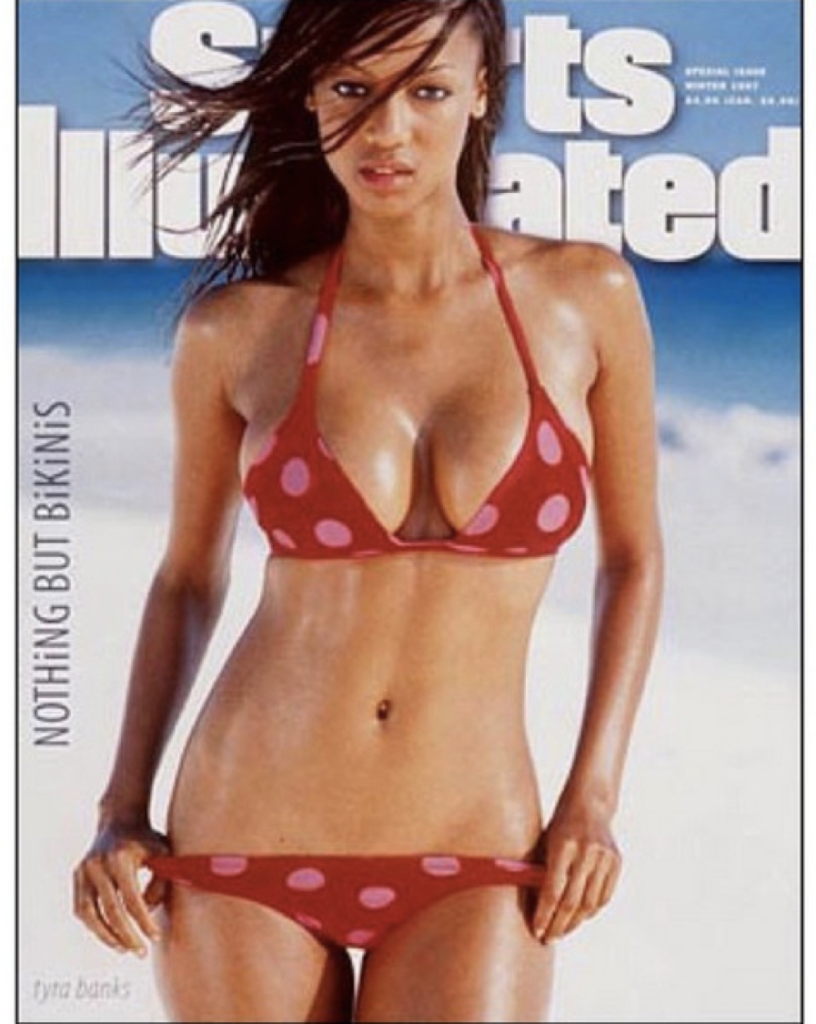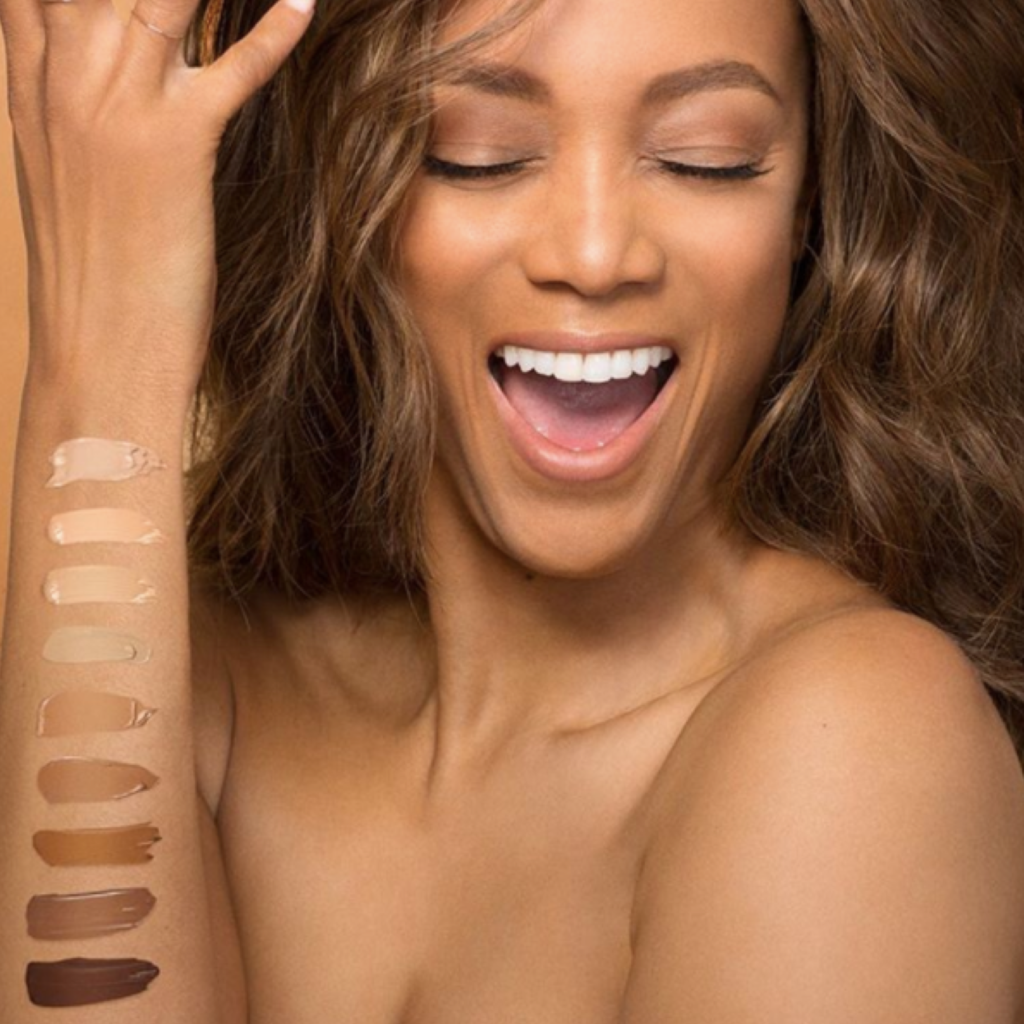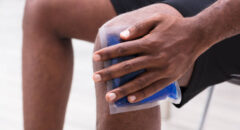
Tyra Banks has been the face of countless beauty brands, has been on the cover of literally hundreds of magazines, has a successful TV show brand for nearly two decades and continues to build other successful businesses -- all on the back of her successful modeling career. And she has just made another achievement: she has come out of retirement to return to the cover of Sports Illustrated Swimsuit, more than two decades after being the first black woman to grace the cover of the magazine alone in 1997.
Banks came out of modeling retirement specifically for this 2019 SI Swim photoshoot, photographed in Great Exuma, Bahamas, by Laretta Houston. The star posed in a yellow Andi Bagus string bikini with her incredible body still just as gorgeous as ever.

With all that said, it's hard to believe that the beautiful and giving Tyra was bullied while growing up. But it's true and she used her mental scars to move forward and to help other young girls who may be facing similar situations.
"When I was 11 years old, I grew three inches and lost 30 pounds in three months, " explains Tyra. "So I went from being a mean bully, cute little chubby little girl to shooting up, [weighing] 98 pounds and just looking sick and frail. I wasn’t sick, but people thought there was something wrong with me. I was the brunt of every joke, every bad thing. I hated my reflection in the mirror. I would try to stuff food down my throat to gain weight. Nothing would work. I lived at the hospital with needles in my arms trying to figure out what was wrong with me."
“'You need to keep studying, keep singing and surpass them later,' is one thing my mother would say when I’d come home crying from middle school, because success is the best revenge.”

"I was bullied quite a bit–which I reacted to poorly–so to make me feel better, my mom would always tell me that I’ll succeed and that someday, I would realize that my bullies were just jealous/lonely/whatever it is that parents tell their children to make them feel better about being called a names via prank call at 12-years-old."
"Even though I later gained weight and became a supermodel, that girl always lived inside of me and I know what that felt like. Then to become a supermodel with all of this hair and makeup and glamour… Then I start projecting images that I know made my 11-year-old self feel insecure, I felt like I had and still have a responsibility to tell the truth and to talk about my pains, my issues. So my passion is girls and self-esteem."
Tyra Banks is trying to change the perceptions of what a supermodel is and what one should look like. In fact, Banks is applauding Vogue Magazine's new ban on underage and too-thin models. In 2015, all 19 international editors of the legendary fashion magazine pledged to stop featuring models who are "under the age of 16 or who appear to have an eating disorder."

Though the restrictions might seem like common sense to outsiders, Banks, 43, says the abuse of underage models and the prevalence of eating disorders are even worse now than when she first started--and that the industry is in dire need of reform.
In an essay on The Daily Beast, Banks writes, "There needs to be more industry-wide protections for models, and we need to be more consistent with what the acting world does: protect our minors, as well as the health and well-being of models."
Drawing from her own experience as a teen model in Paris, Banks says she was only able to avoid the pitfalls so many others haven't with the help of her mom, Caroline.

"In my early 20s, I was a size four. But then I started to get curvy," the 5-foot-10 supermodel reveals. "My agency gave my mom a list of designers that didn't want to book me in their fashion shows anymore. In order to continue working, I would've had to fight Mother Nature and get used to depriving myself of nutrition."
Banks' mother wasn't going to stand for it. "As my mom wiped the tears from my face, she said, 'Tyra, you know what we're going to do about this? We're going to eat pizza.' We sat in a tiny pizzeria in Milan and strategized about how to turn my curves into a curveball. "
Adds Banks, "In a way, it was my decision not to starve myself that turned me into a supermodel, and later on, a businesswoman."
The America's Next Top Model host admits that working models today face a very different climate.
"The truth is that if I was just starting to model at age 17 in 2012, I could not have had the career that I did. I would've been considered too heavy," Banks explains. "In my time, the average model's size was a four or six. Today you are expected to be a size zero. When I started out, I didn't know such a size even existed."
Applauding Vogue's new initiative, Banks said that the most important attitude shift of all has to come from within each individual.








